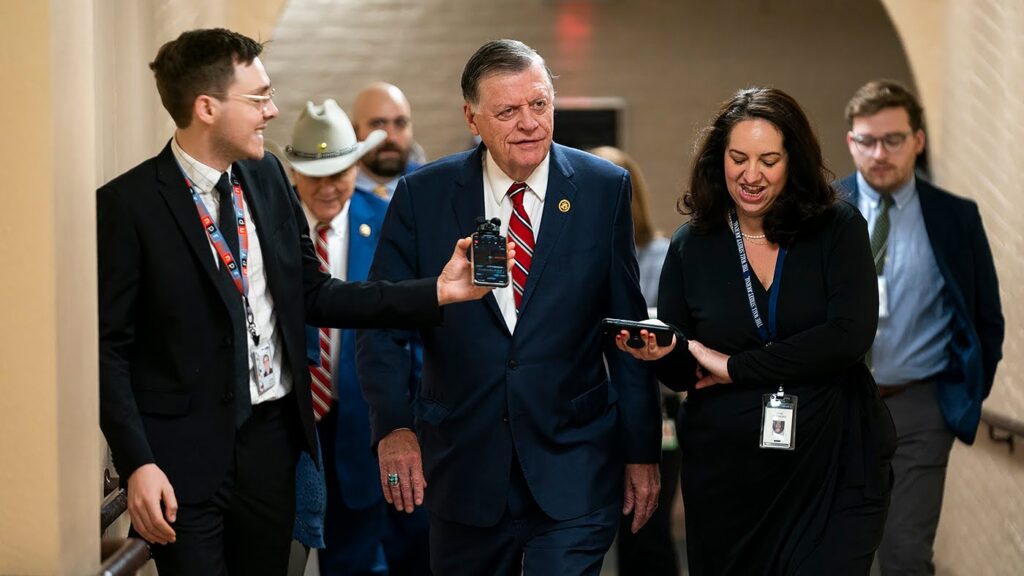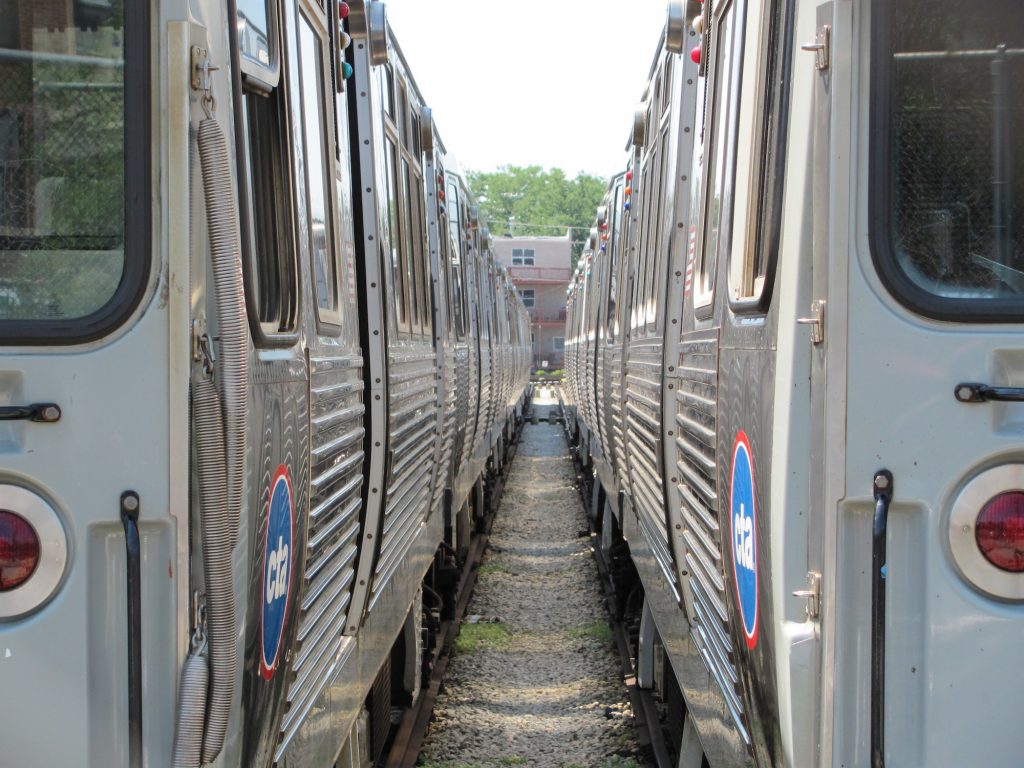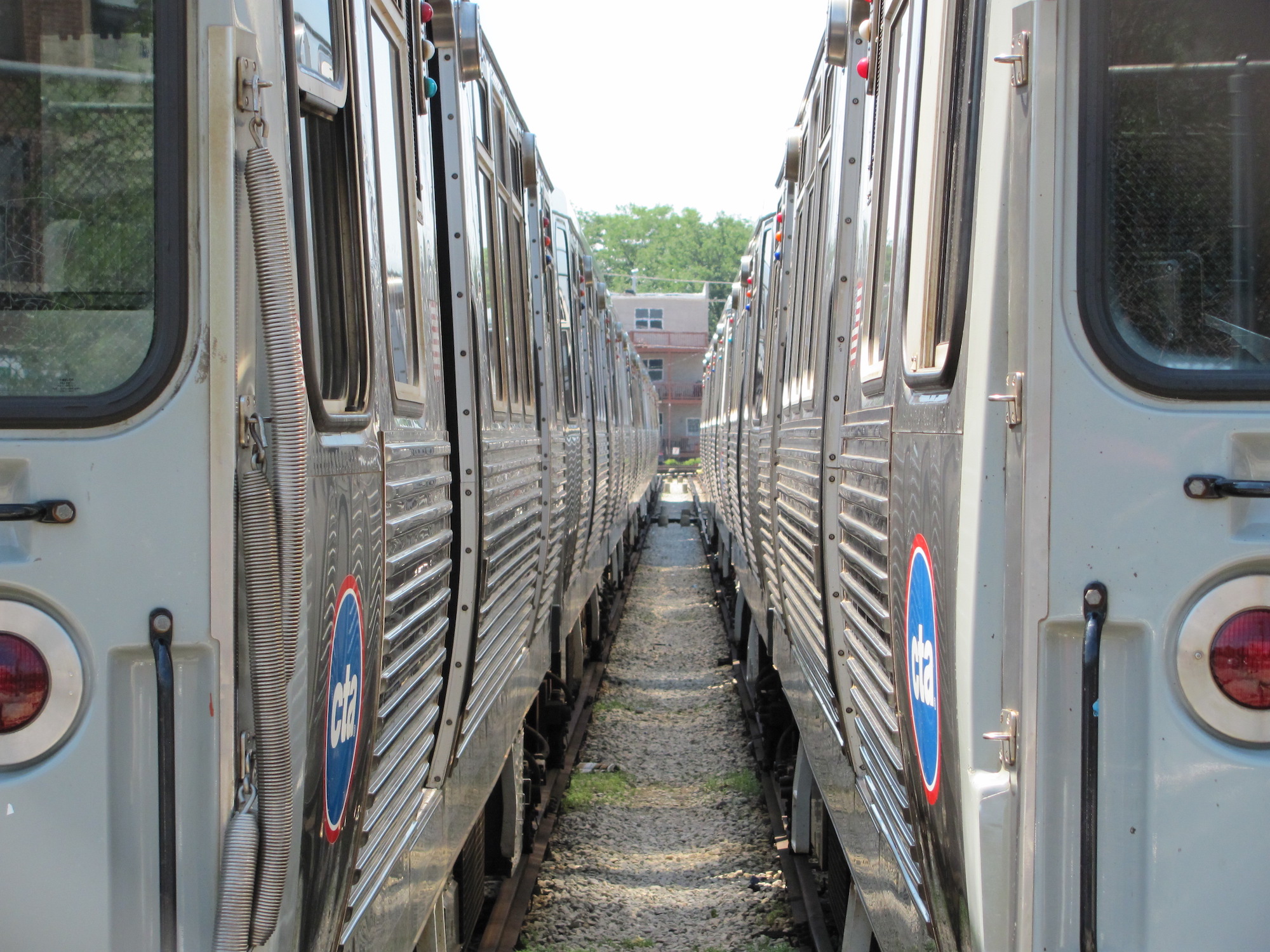
President Trump’s federal infrastructure priorities likely to be revealed this week

There’s no need to wait months for President Trump’s $1 trillion infrastructure package to discover the transportation priorities of this president — they’ll be clearly telegraphed with the release of his first annual budget later this week.

For months there’s been endless discussion of the President’s $1 trillion pledge to “build new roads, and highways, and bridges, and airports, and tunnels, and railways all across our wonderful nation.” And while industry groups scramble to divvy up funding or financing from a package that may or may not materialize, President Trump’s first real infrastructure effort should be considered his annual budget request with top-line numbers for transportation spending, which will tell us much about his priorities.
When the first look at that budget comes later this week, we’ll likely face the dissonance of a President rallying support for a $1 trillion investment in infrastructure at the same time he’s proposing billions in cuts to transportation investment to accompany his plan to increase defense spending by $54 billion.
While trade groups, members of Congress and local advocates are discussing what projects they want to include in this dream of a huge infrastructure package that may or may not come up later this year, they could see devastating cuts proposed for crucial transportation programs that fund smart transportation projects all across the country in less than 48 hours.
Melanie Zanona wrote about this inconsistency in The Hill today, noting that “the optics of slashing federal transportation funds in his budget proposal while pushing for a separate financing package underscores Trump’s challenge of balancing his promises of massive infrastructure investment and dramatic cuts in government spending.”
While many people — even staffers or elected reps on Capitol Hill — tend to think transportation spending decisions are determined by the long-term transportation bill that gets passed every few years, the money for new transit and rail projects still has to be appropriated by Congress each year through the budget process.
This is an important point.
To get a big infrastructure package passed by Congress, the president will need the full coalition of transportation stakeholders, from those seeking funds for roads, to transit, rail and ports. But if there are cuts in the budget made to discretionary spending (i.e., programs not paid out of the highway trust fund), those cuts would fall disproportionately on funding for new transit construction (New and Small Starts) and multimodal and local priority projects (TIGER) — amongst other programs. Targeting parts of the infrastructure coalition with this budget now is a good way to make sure you have no coalition when you need it later.
President Trump had a meeting at the White House last week with some key transportation, real estate and infrastructure advisors about his priorities. Real estate developer Richard LeFrak talked to CNBC about what he heard in the meeting:
“One thing [Trump] said while we were in the meeting, he said ‘don’t bring me any projects that you want federal funding for that you can’t start and had completed the state approval processes,'” LeFrak said.
That’s because “‘most of these projects come from the state, in 90 to 100 days. If they’re not ready in 120 days, tell them to go back, get finished, and bring it back,’ [Trump said]. In other words, he’s not going to … devote the resources to things that he can’t implement immediately,” he added.
Of course, we’ve seen plenty of evidence that “shovel-ready” isn’t always the best qualifier to identify the best projects. Following 2009’s stimulus effort, we learned that many shovel-ready projects weren’t under construction for a reason, and many were just mothballed projects that had been sitting on a shelf for the last 20 years because they simply never merited moving forward.
Ed Mortimer from the U.S. Chamber of Commerce echoed that point while testifying alongside our Beth Osborne before a Senate Committee last week. Any new infrastructure package, he said, “should not be a replication of the Recovery Act [which focused entirely on shovel-ready projects.] Projects need to be selected to deliver long-term economic growth, not the speed at which they can be constructed.”
But not all shovel-ready projects are created equal, either.
Scores of local communities with well-conceived ready-to-go multimodal projects are eager to apply to the incredibly competitive TIGER grant program, and on average, winning TIGER projects brought at least three state or local dollars to the table for each federal dollar sought. There are transit projects all across the country that have already raised local or state funding and are literally just waiting on a check for capital dollars from the federal government to proceed, including “projects like Indianapolis’ Red Line bus rapid transit project which has already been promised more than $70 million in federal dollars to pair with nearly $20 million in local funds from an income tax increase that Indianapolis voters approved back in November at the ballot box,” as we noted last week.
USDOT has already promised over $6 billion to these shovel-ready transit construction projects that have local funding in hand and are ready to go. If this week’s budget does indeed cut (or even eliminate funding outright) for the New & Small Starts transit program which exists explicitly to help metro areas of all sizes build new transit systems, the projects in that pipeline could be immediately threatened, as will their promises of supporting economic development & improved mobility.
When any president starts talking about a big new investment in transportation, it’s natural for people to get excited — Congress has been begging, borrowing and dealing to keep federal transportation program solvent for the last decade.
But whether or not President Trump finds a way to successfully advance and pay for a massive investment in infrastructure, come hell or high water, there will be a budget for these crucial transportation programs this year. And it will tell us all we need to know about his priorities.
We’ll be breaking down the budget when it’s released and arm you with the information you’ll need to take action and weigh in with your members of Congress. Do you want to get this sort of information directly to your inbox? Sign up for email today.



